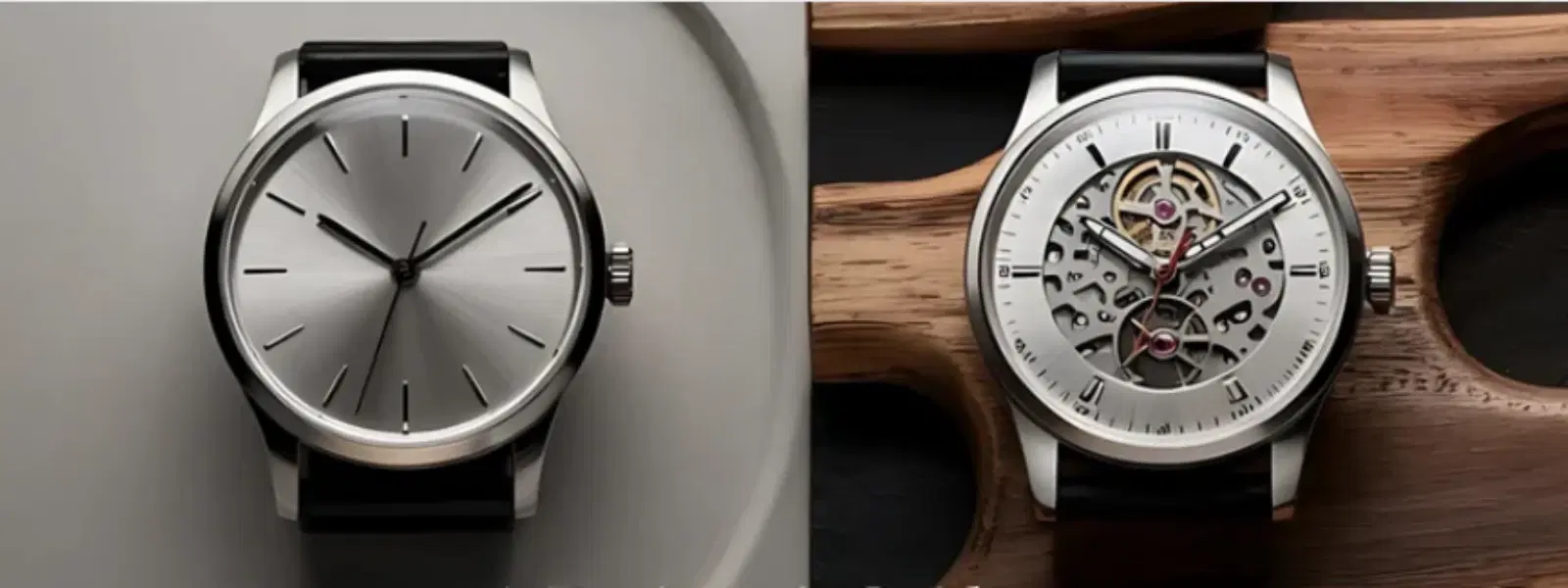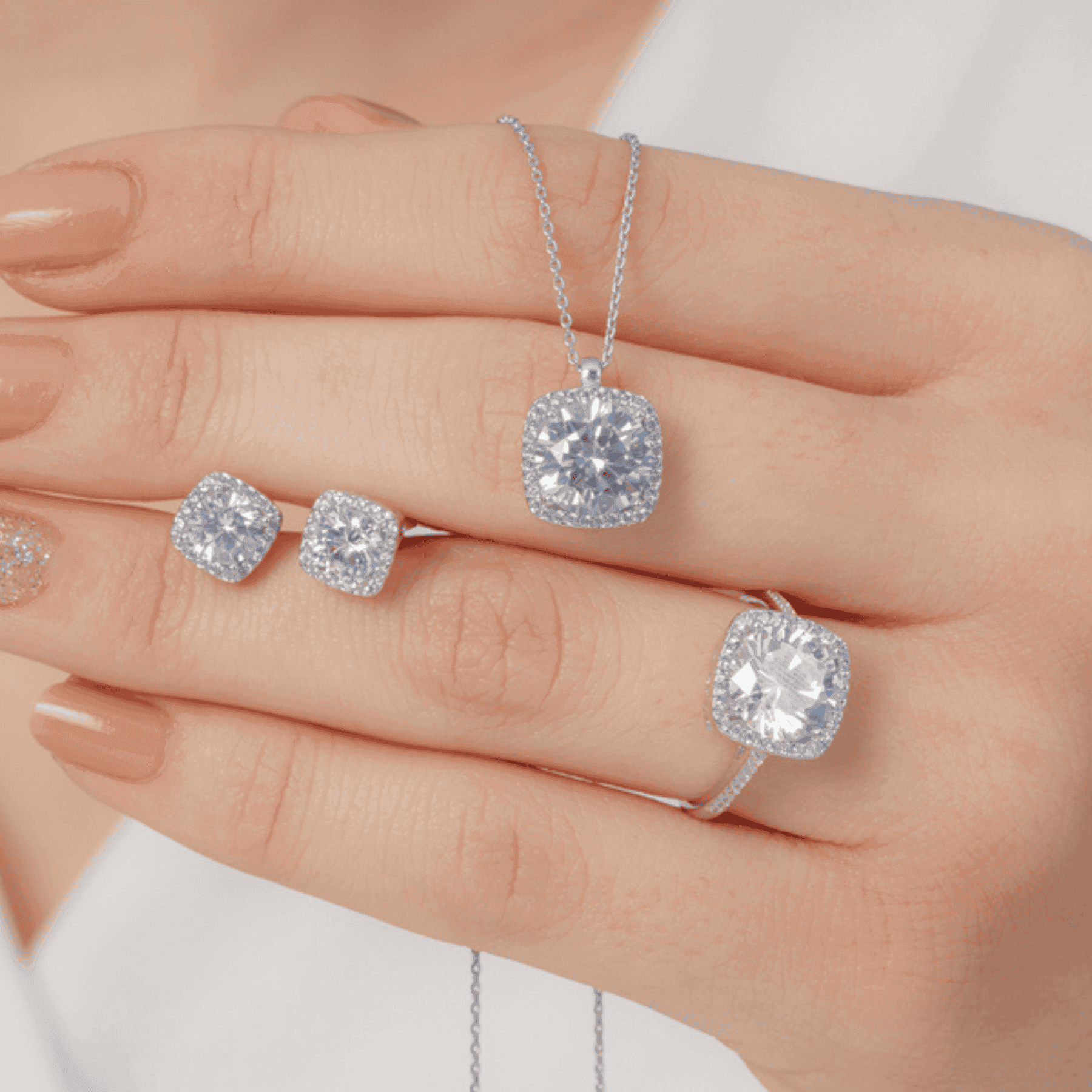
Watches & Jewellery
•04 min read

Mechanical art in luxury timepieces goes beyond simple designs. It embodies horological craftsmanship, precision engineering in watches, and watchmaking artistry. Every gear assembly and mechanical movement in a handcrafted watch reflects a blend of functionality and creative flair. This art form connects precision and style, offering a signature wearable masterpiece that defines individual identity. In this guide, you will learn how to appreciate the intricate details of mechanical art and gain insights into the art behind automatic watches and artisan watchmakers.
Mechanical art refers to the sophisticated interplay of design, engineering, and craftsmanship in luxury timepieces. It involves the meticulous assembly of gears, springs, and movements that power mechanical and automatic watches. This art form celebrates both the aesthetic and functional aspects, ensuring that every watch piece is not only a tool to tell time but also a piece of wearable art. Key features include the intricate gear mechanisms, detailed handcrafted work by artisan watchmakers, and a delicate balance between jewelry design and engineering precision. Terms like 'mechanical art style' and 'mechanical art examples' further highlight its relevance in the world of horology.
Horological craftsmanship serves as the backbone of mechanical art. It involves the skillful creation of every component, from the smallest screws to the most complex movements, ensuring seamless functionality and elegance. This craft transforms raw materials into pieces that clearly reflect watchmaking artistry and sophisticated mechanical watch designs, making each watch a testament to years of dedicated craftsmanship.
Timepieces began as practical tools designed for precision engineering. Over time, they evolved into symbols of luxury and artistic expression. Early watchmakers focused solely on the functional aspects, while modern artisans incorporate elements of jewelry design and aesthetic intricacies into their work. Notable milestones include the invention of the escapement mechanism, the rise of automatic watches in the 20th century, and the integration of steampunk-inspired mechanical designs. These advancements reflect a journey where utility meets art, showcasing the evolution of mechanical artistry in horology.
Today, contemporary watchmakers push the boundaries of what mechanical art can be. With the integration of advanced materials, kinetic sculptures, and intricate engravings, luxury timepieces have evolved into modern masterpieces. These innovations not only highlight the mechanical movements that power the watches but also enhance the overall aesthetics, making every watch a blend of tradition and modernity in watchmaking artistry.

Understanding the inner components of a mechanical watch is essential to fully appreciate its art. Essential components include gear assemblies that form the heartbeat of the watch, escapements that regulate its precision, and bridges and plates ensuring structural integrity. This intricate arrangement is a testament to the detailed work put in by artisan watchmakers and highlights the remarkable mechanical art within each luxury timepiece.
Artisan watchmakers are dedicated to perfecting every minute detail of a watch. Their skillful hands transform raw materials into beautifully functioning pieces that encapsulate watchmaking artistry. Imagine how wearing such a masterpiece can elevate your everyday style. Each handcrafted watch is a product of tireless hours, merging both traditional techniques and modern innovations in mechanical movements. Their work is a shining example of responsible fashion and creativity in luxury timepieces.
When examining luxury timepieces, it is vital to focus on several key aspects that contribute to mechanical art. The design should exhibit a seamless blend of jewelry design and mechanical functionality. The quality of craftsmanship can be evaluated by assessing the precision engineering and the fine details like engravings and assembly. Additionally, innovation plays a crucial role, whether by incorporating kinetic sculptures or unique mechanical watch designs that challenge traditional styles.
Insight Corner: The Beauty of Precision Engineering
Did you know that the assembly of mechanical movements in luxury timepieces can involve typically over 200 individual components? Each part is meticulously crafted to ensure flawless operation. This impressive precision engineering separates handcrafted watches from ordinary timepieces and underscores the true spirit of mechanical art.
Some luxury timepieces stand out as true icons of mechanical art. Tourbillon watches capture attention with their mesmerizing spinning mechanisms, while skeleton watches reveal the intricate inner workings, showcasing the marvel of precision engineering in watches. Limited-edition artisan watches often feature bespoke designs and rare materials, elevating them into collectible masterpieces.

Luxury timepieces frequently incorporate elements of jewelry design such as precious metals, gemstones, and exquisite engravings. This marriage of fashion with mechanical engineering transforms a simple accessory into a statement of self-expression and identity. Through curated collections and authentic craftsmanship, these watches serve as vibrant statement accessories, reflecting a fashion-forward ethos and enduring style.
Mechanical art refers to the artistic integration of engineering, design, and craftsmanship in timepieces.
A mechanical artist, like an artisan watchmaker, creates intricate designs and mechanisms that blend functionality with visual beauty.
Mech art is often known as kinetic art or mechanical sculpture, especially when applied to watches.
Examples include tourbillon watches, skeleton watches, and timepieces with elaborate engravings that highlight the inner mechanics.
Mechanical art emphasizes the visible craftsmanship and engineering of a watch’s movements, while traditional designs may focus more on external aesthetics.
Mechanical art in luxury timepieces is a celebration of horological craftsmanship, precision engineering in watches, and innovative watchmaking artistry. Understanding the intricate details, historical evolution, and the sheer dedication of artisan watchmakers allows one to truly appreciate these functional masterpieces. Whether it’s the marvel of mechanical movements or the exquisite touch of jewelry design, every handcrafted watch stands as a testament to human creativity and technical brilliance. Let the art of mechanical watch designs inspire a deeper connection to the timeless world of luxury timepieces.